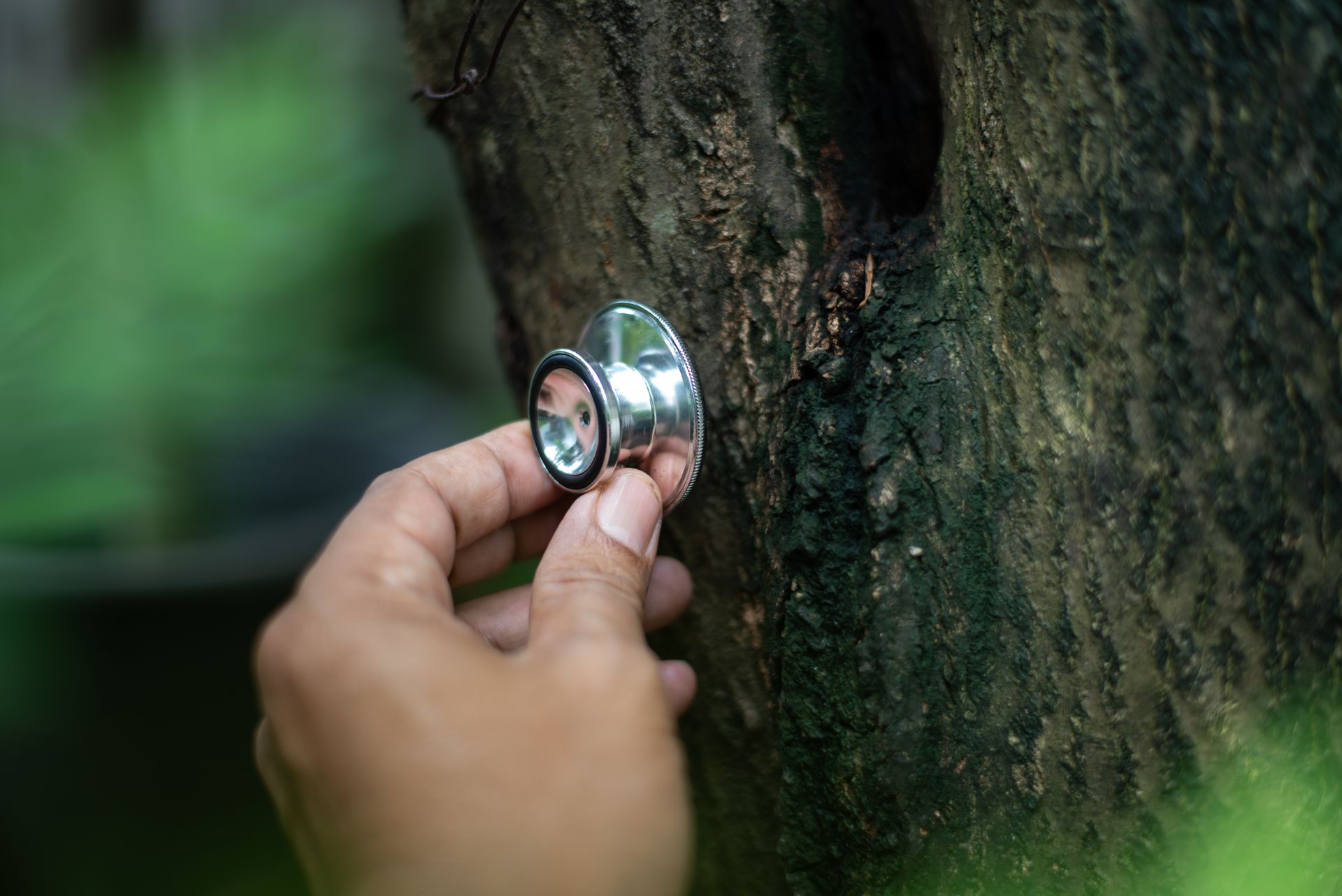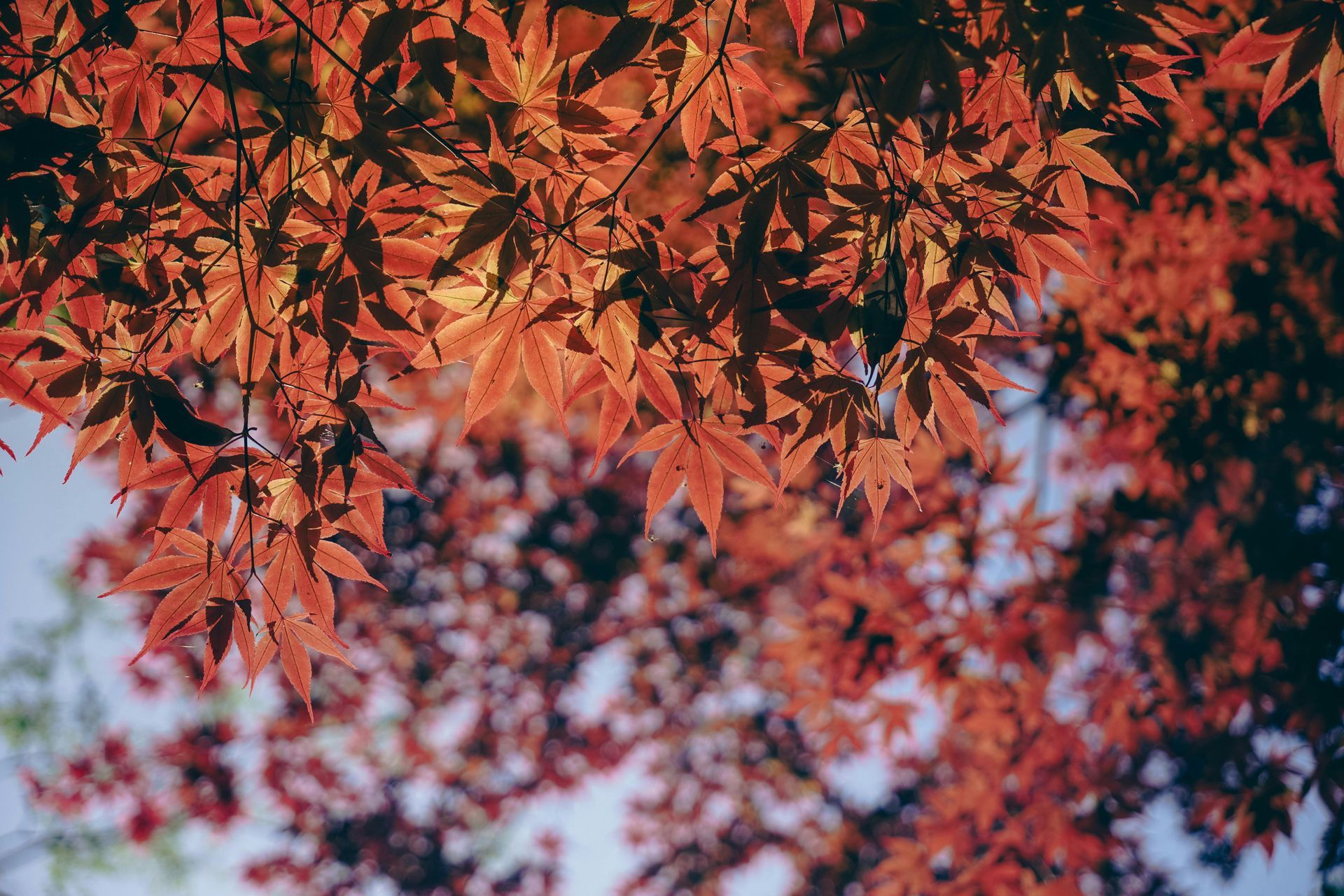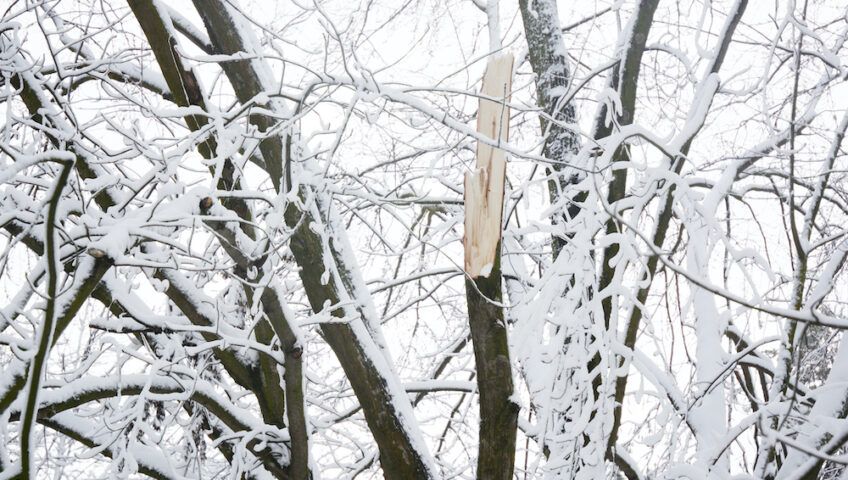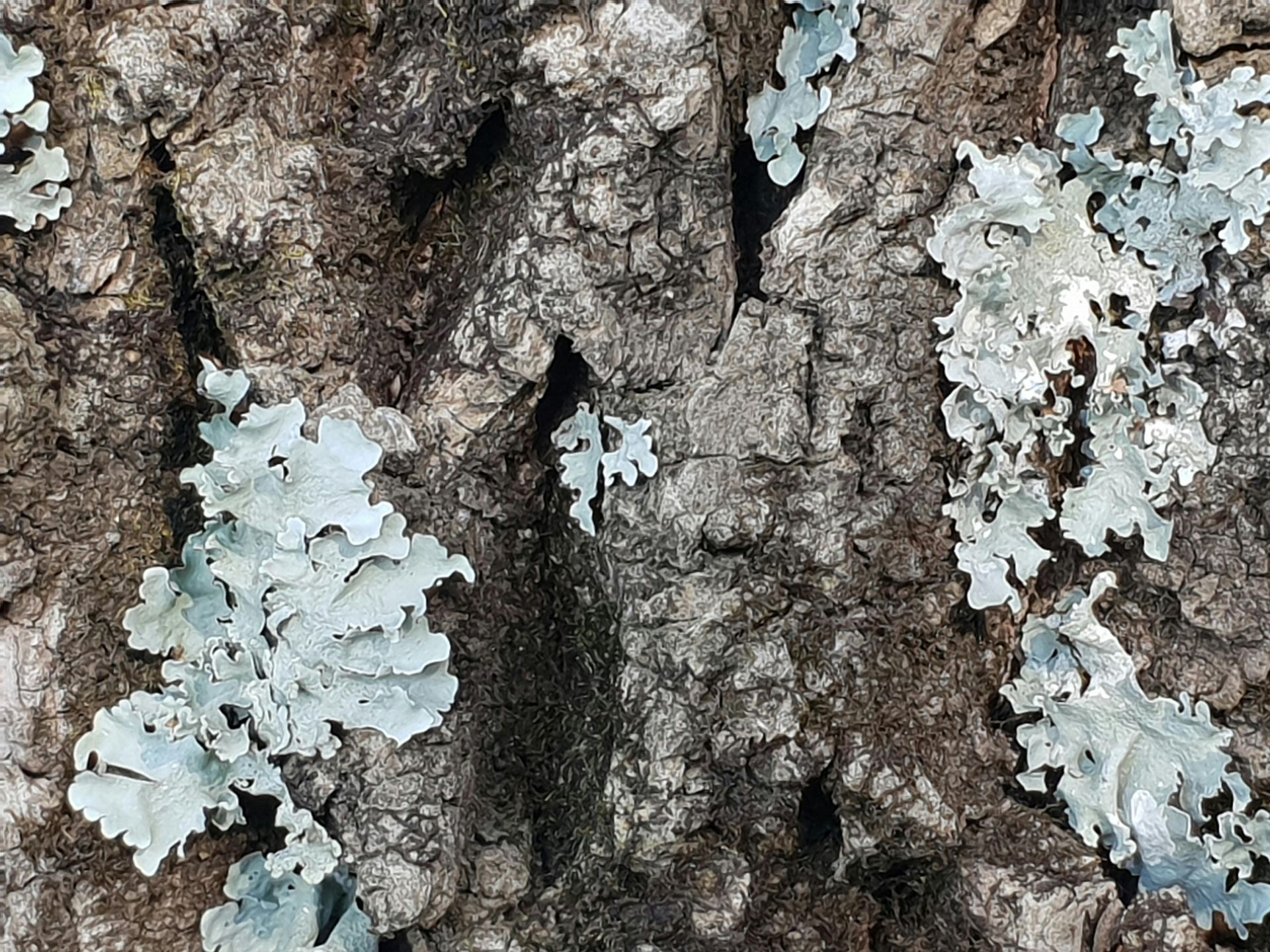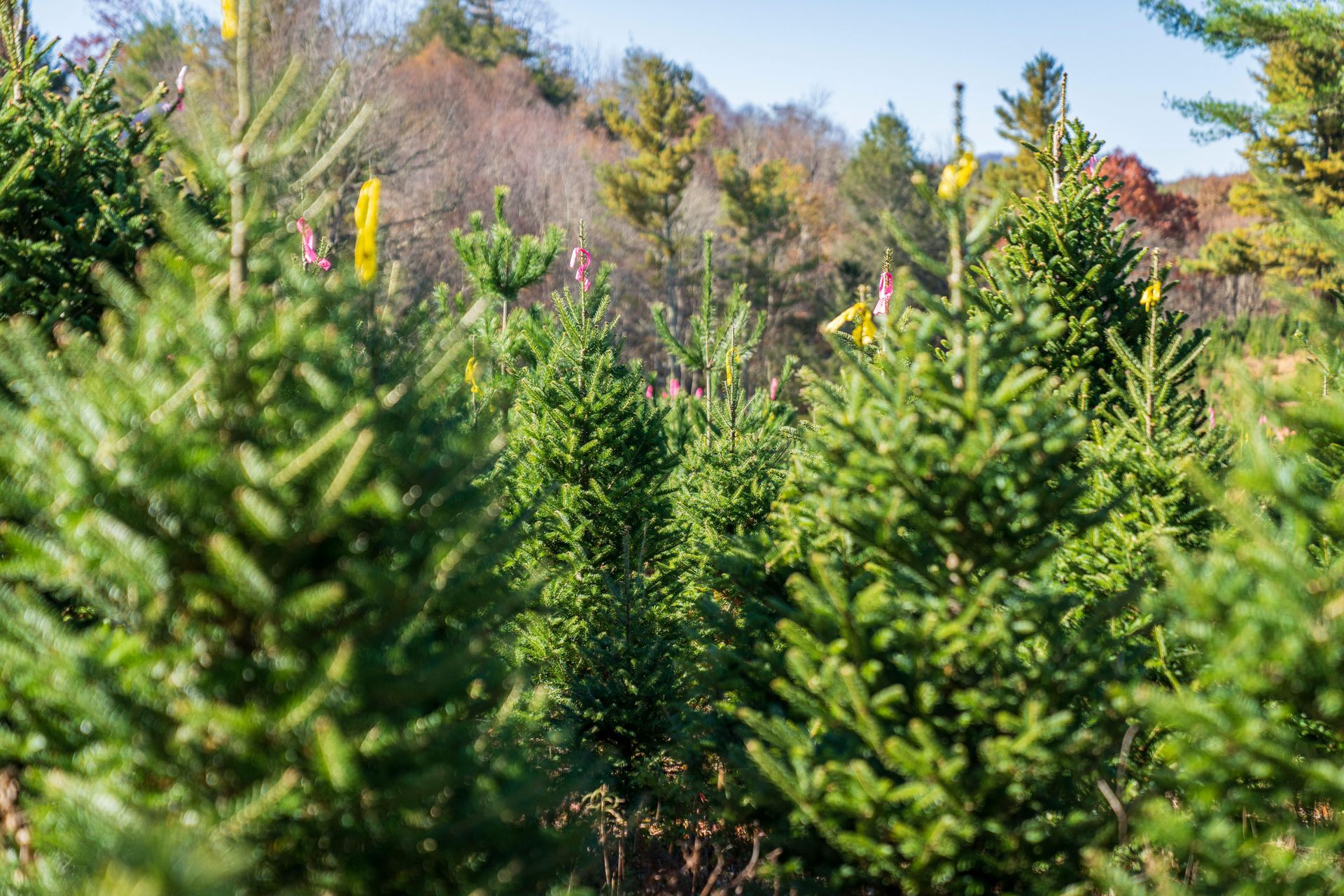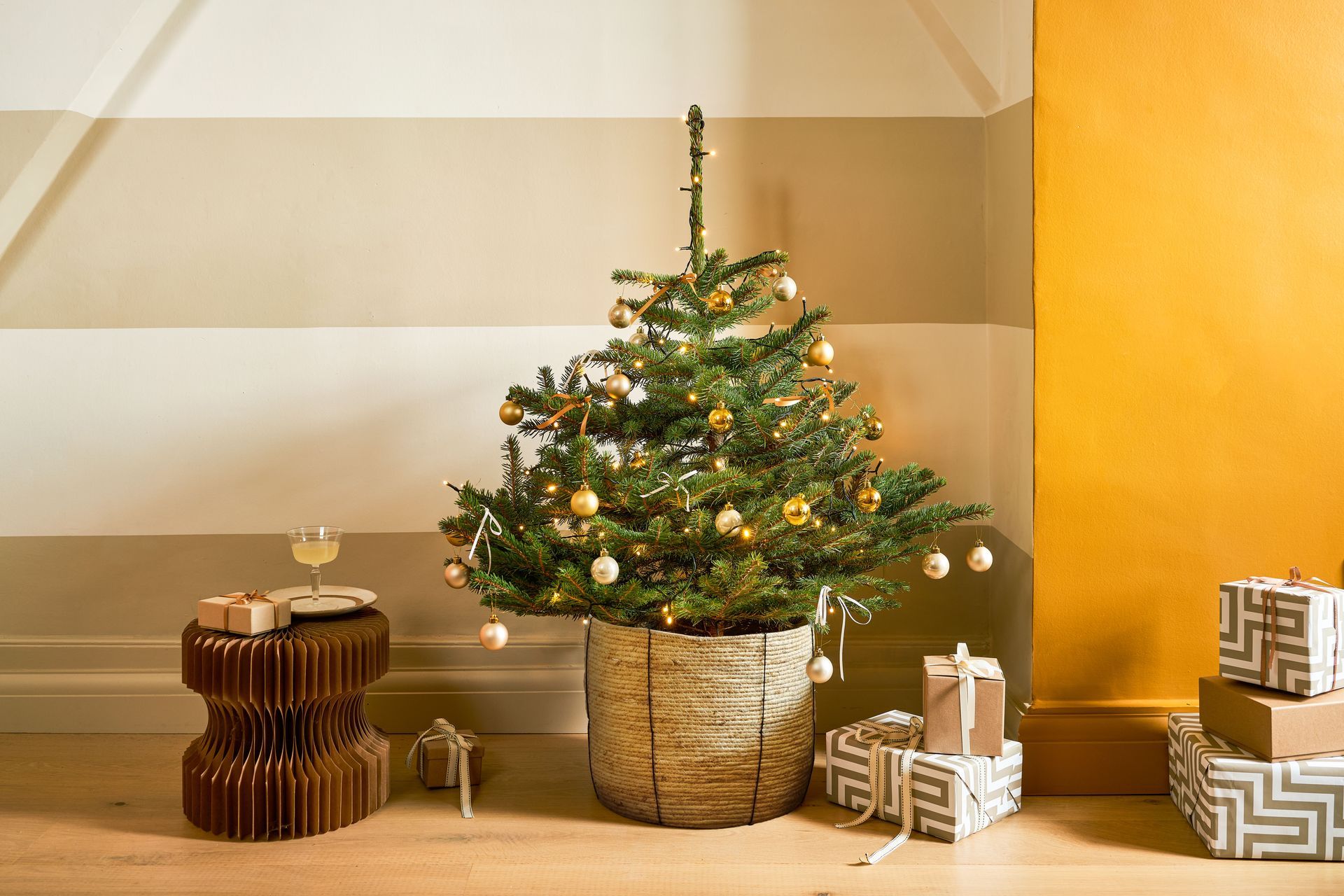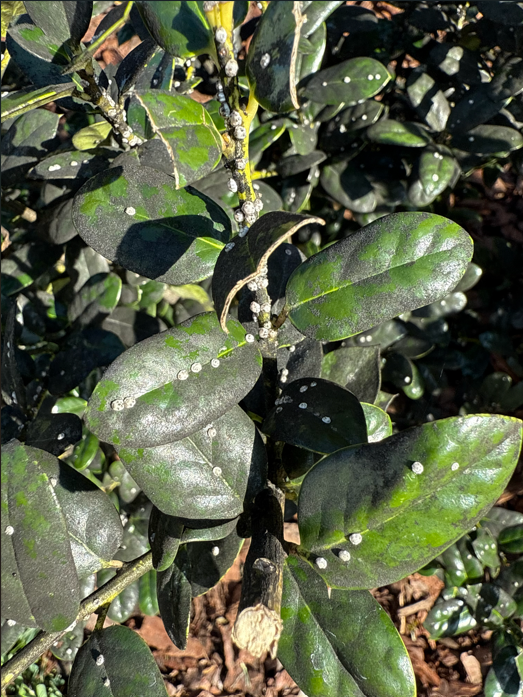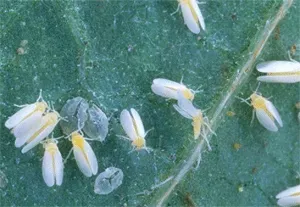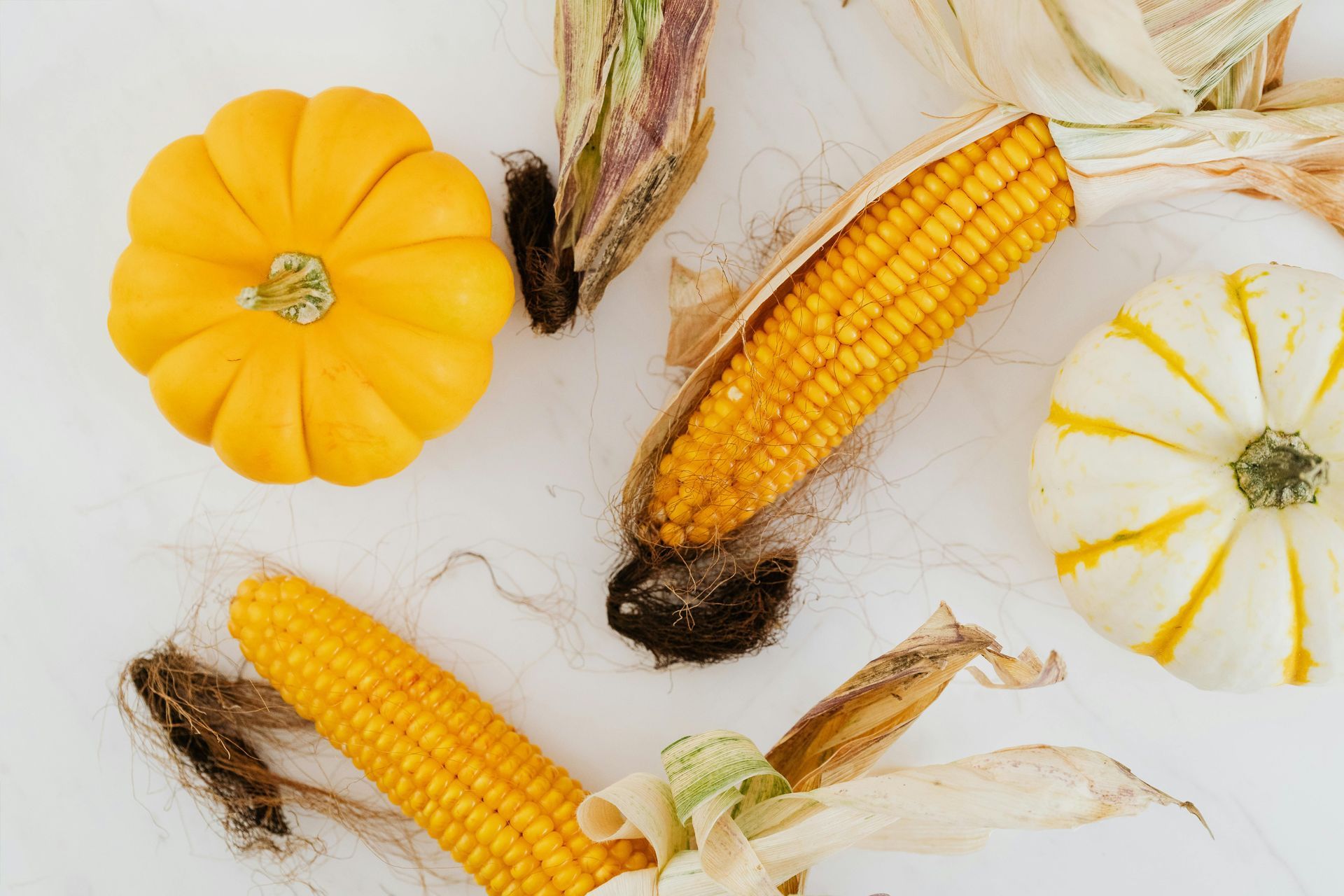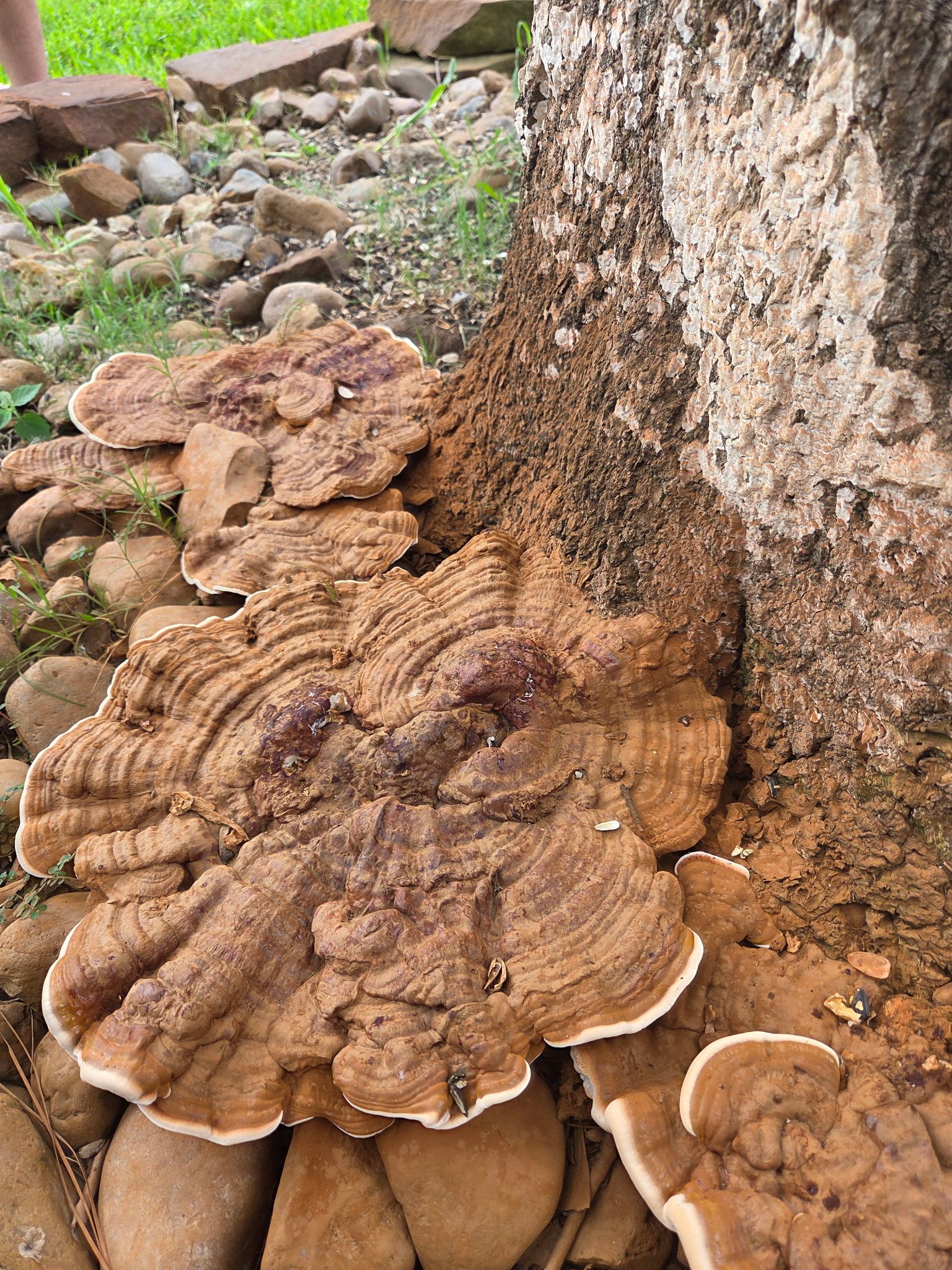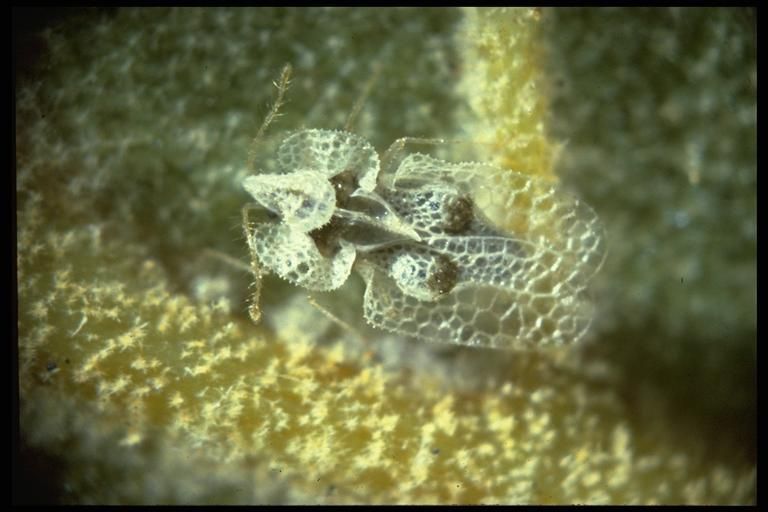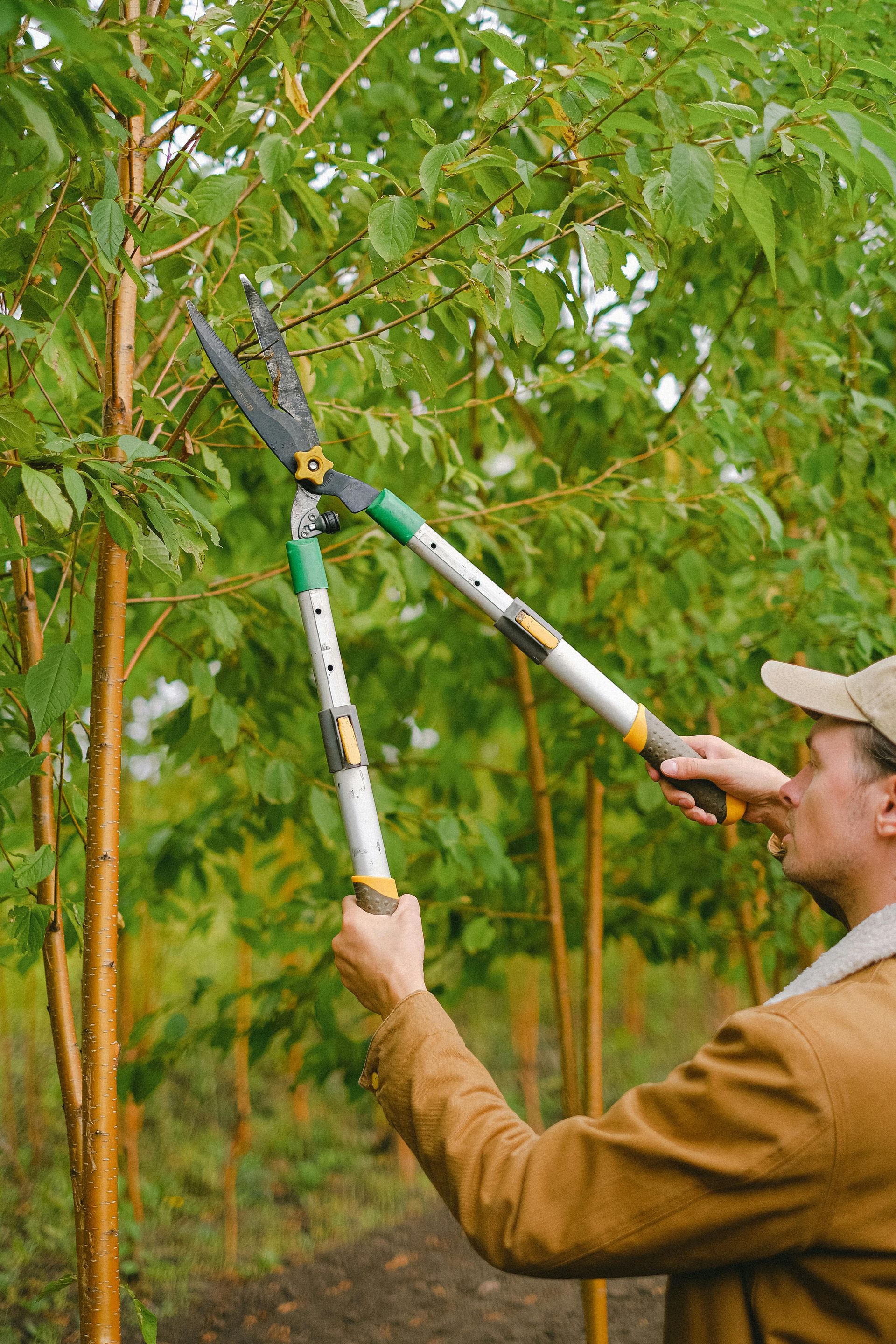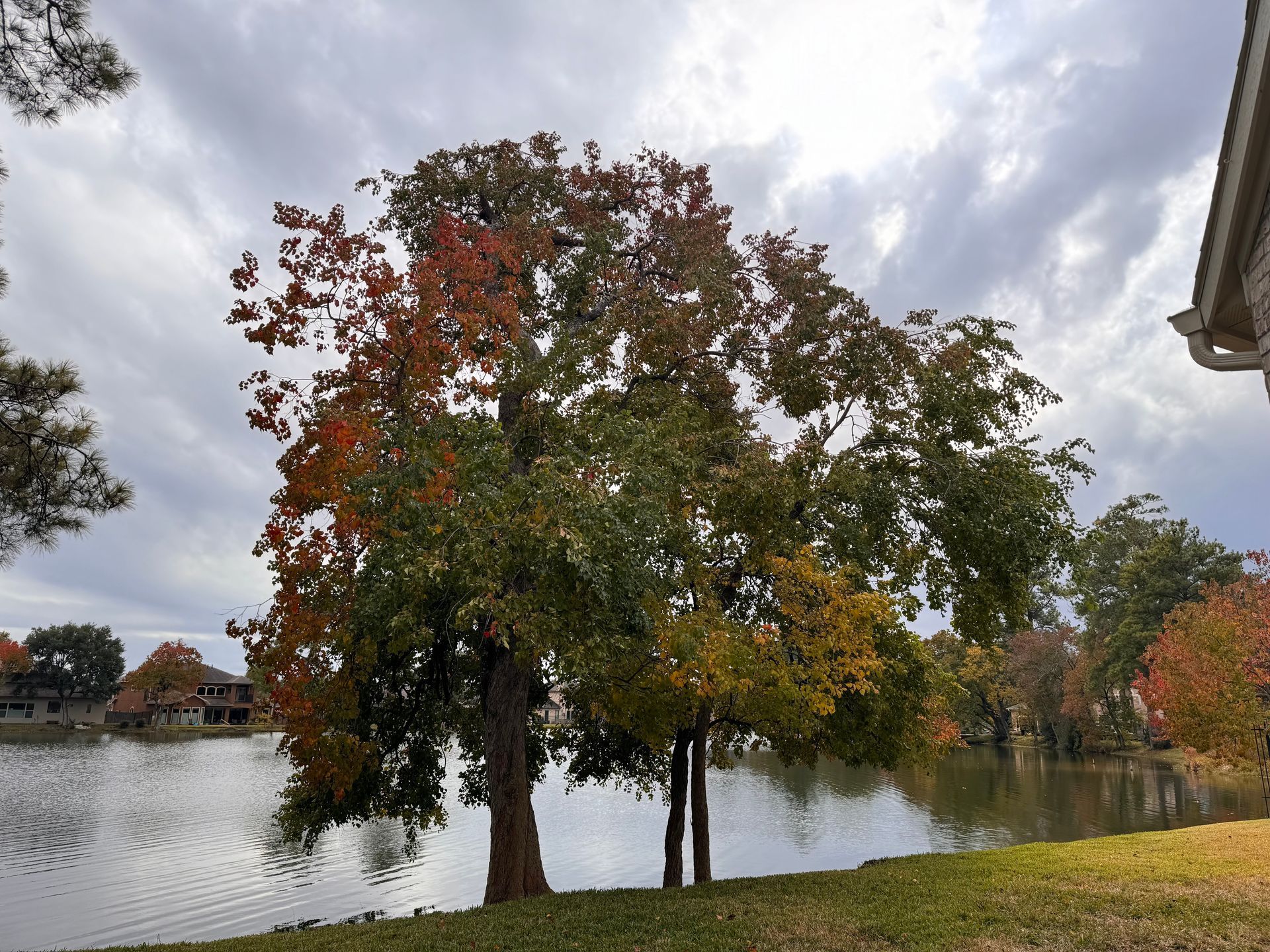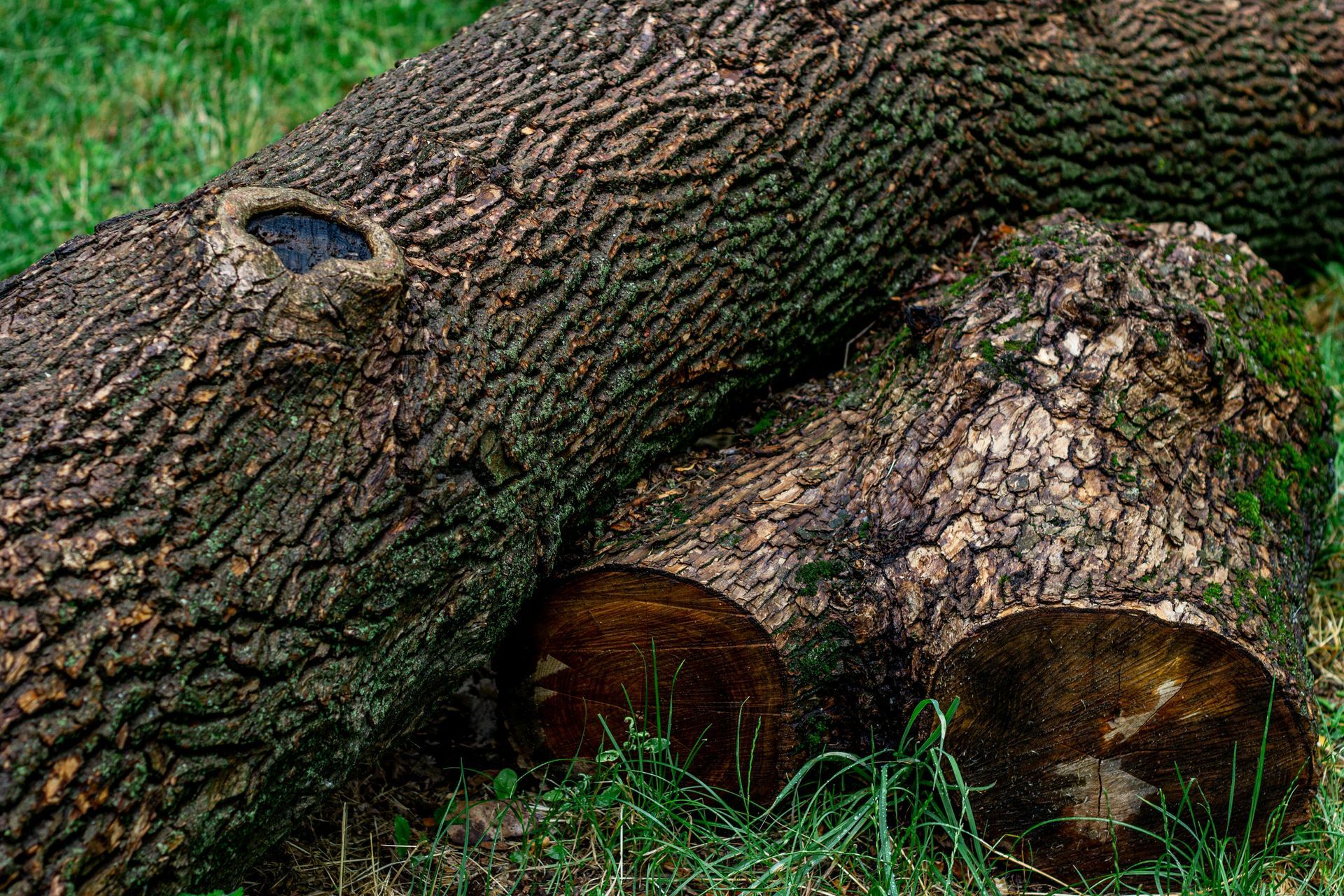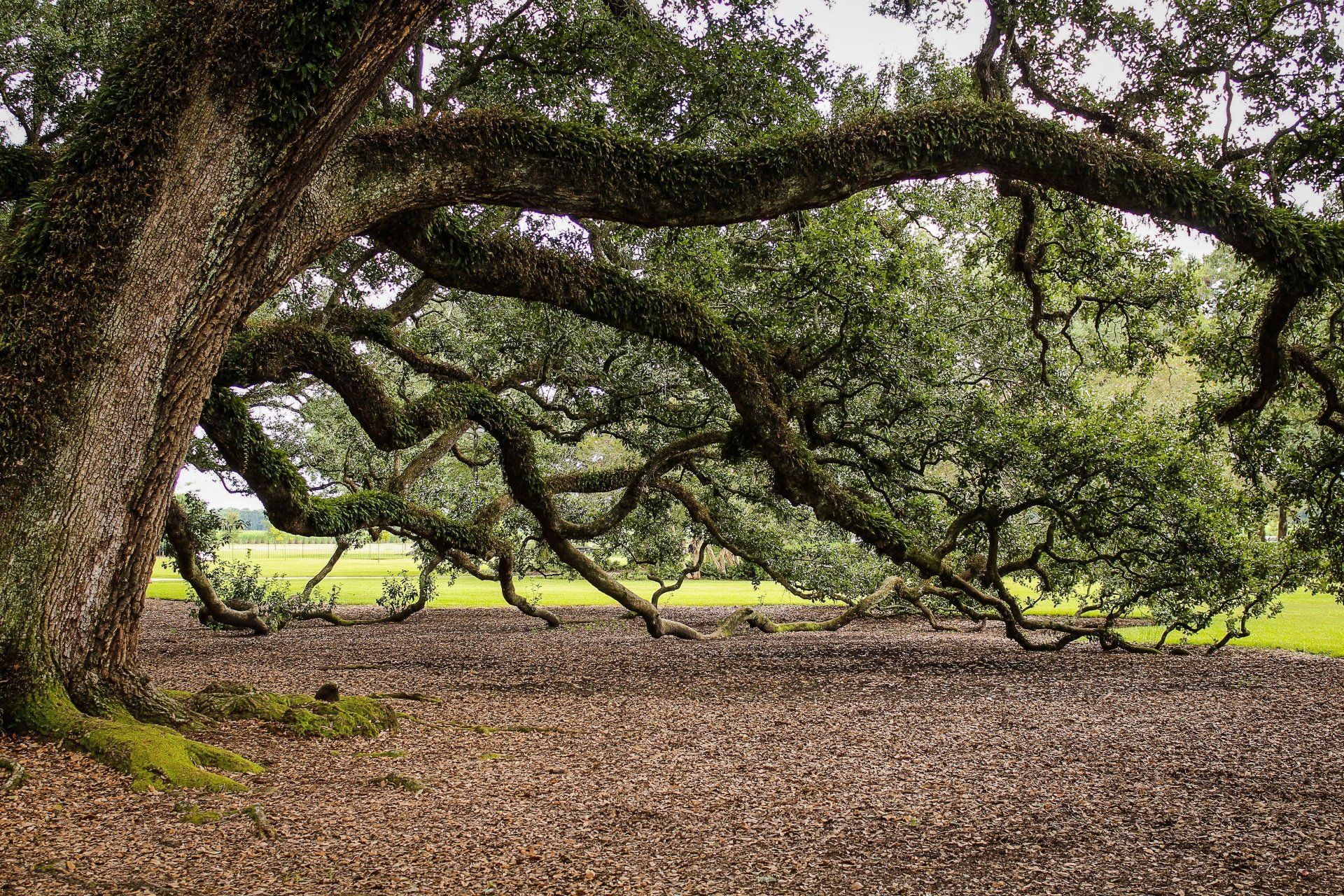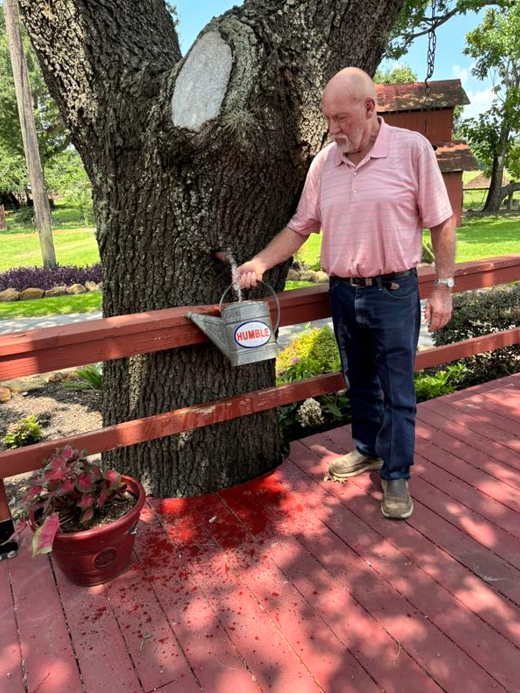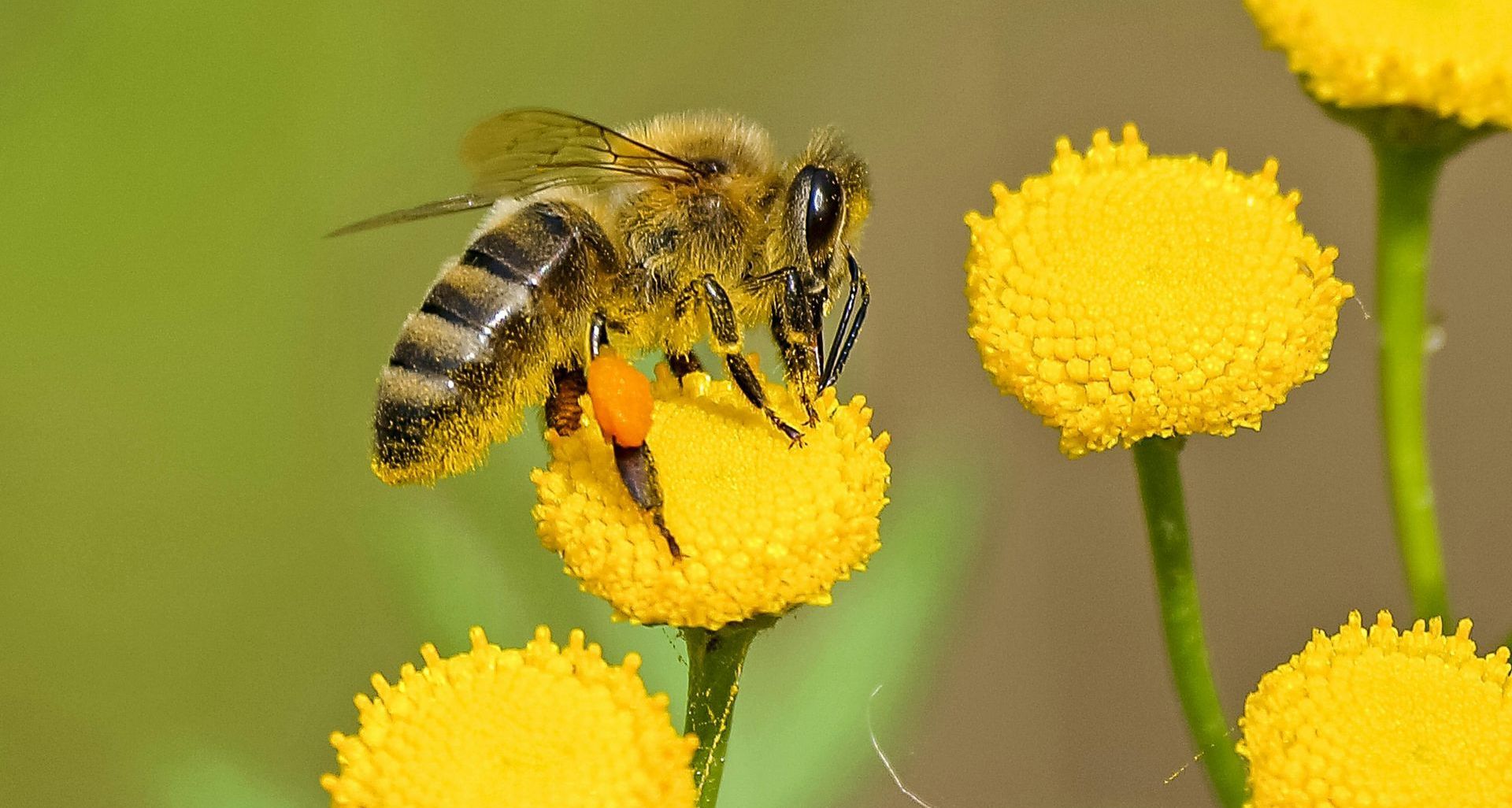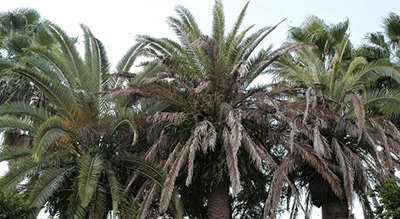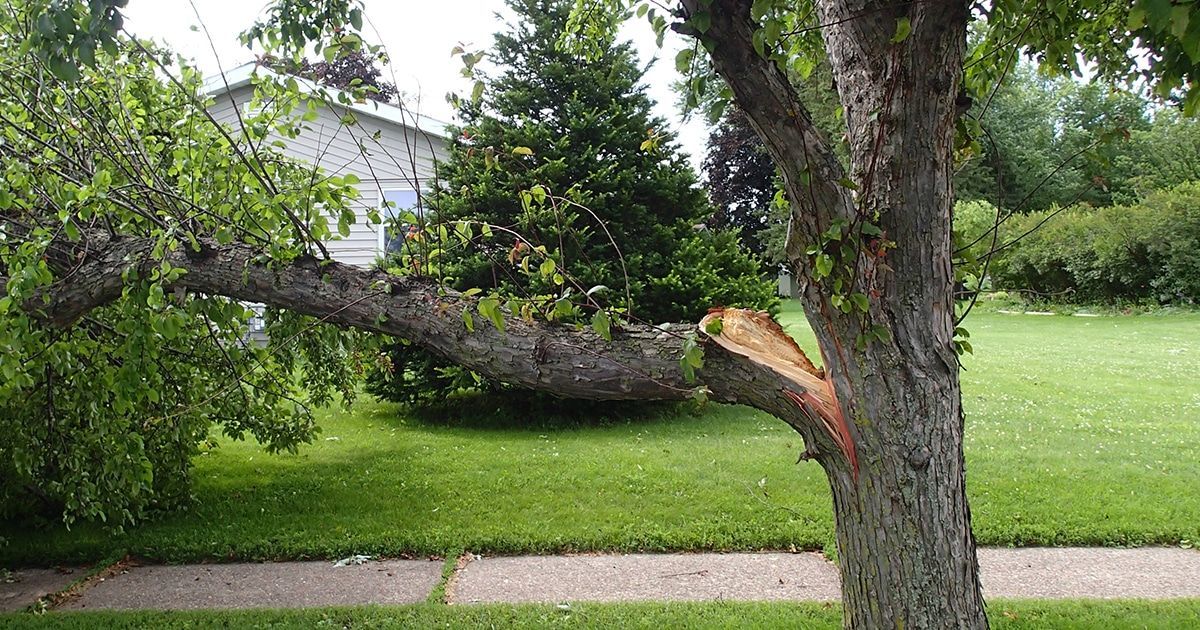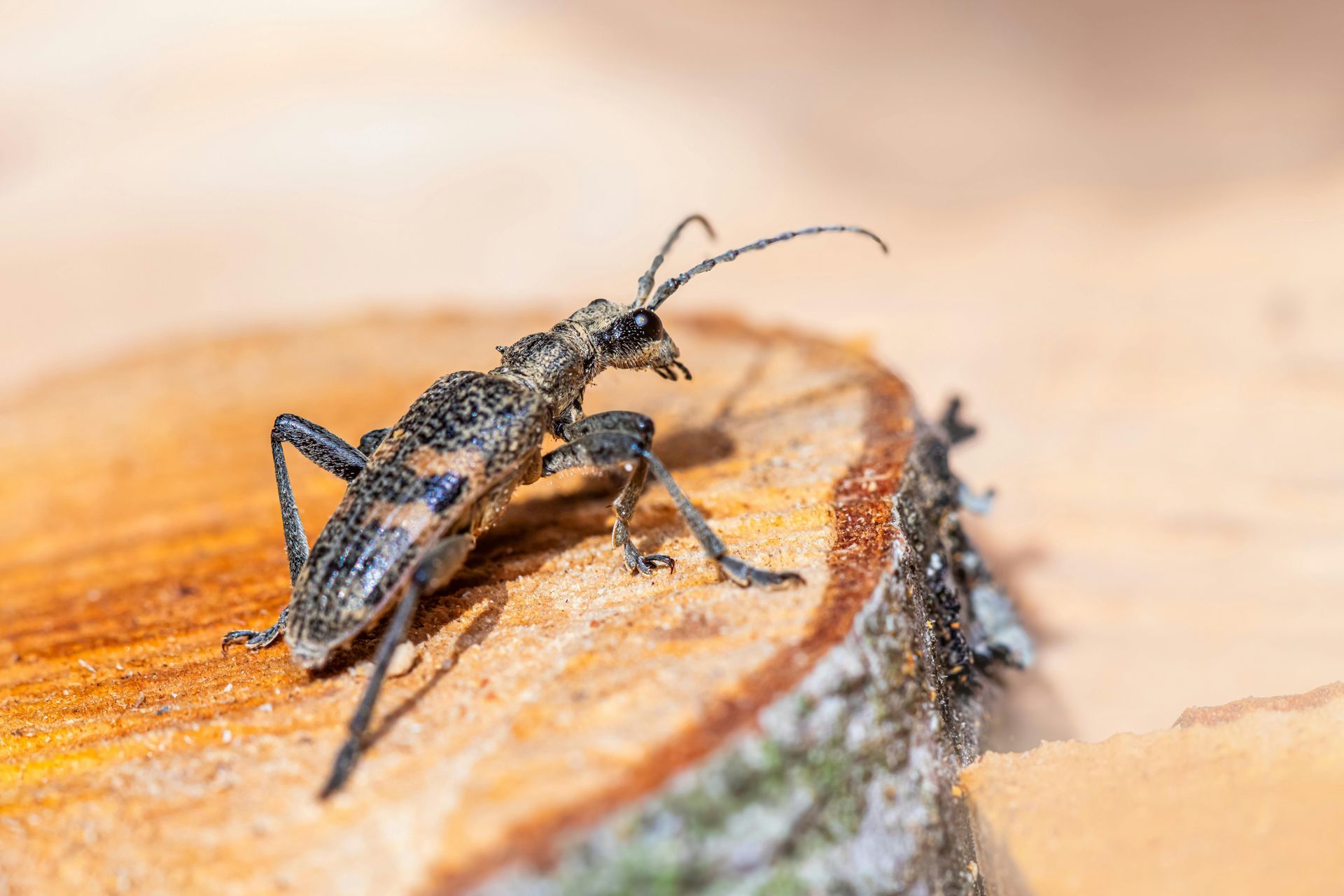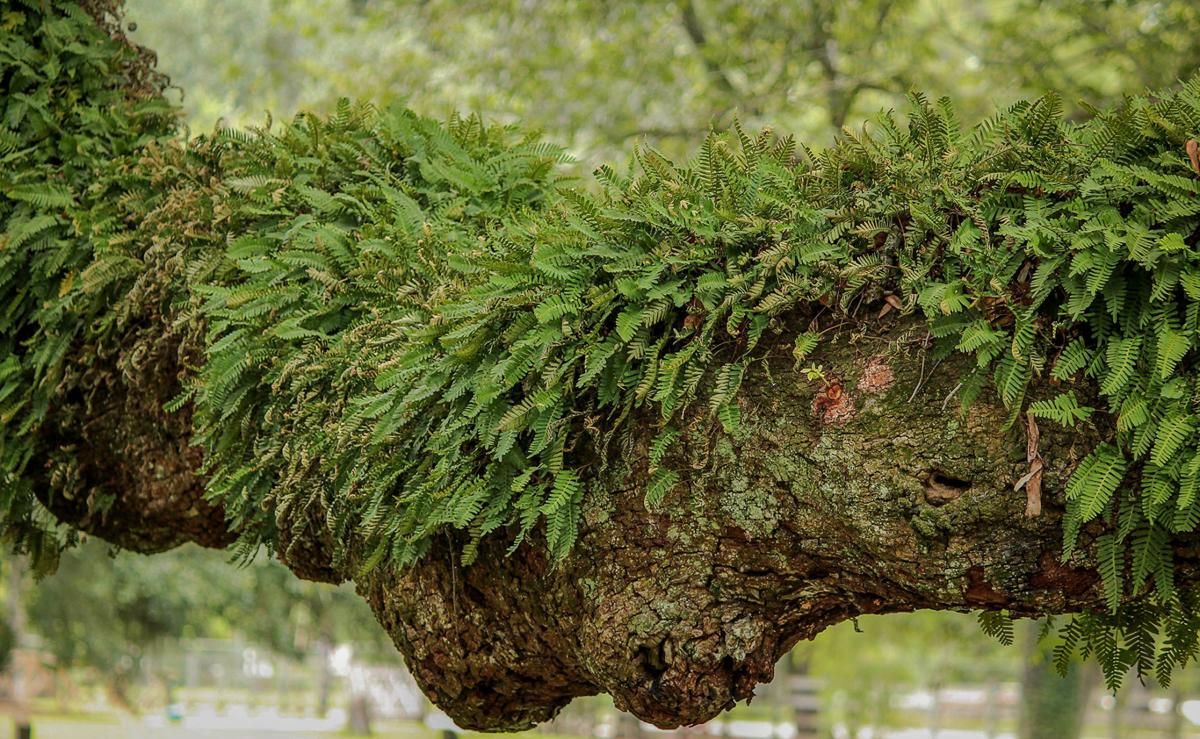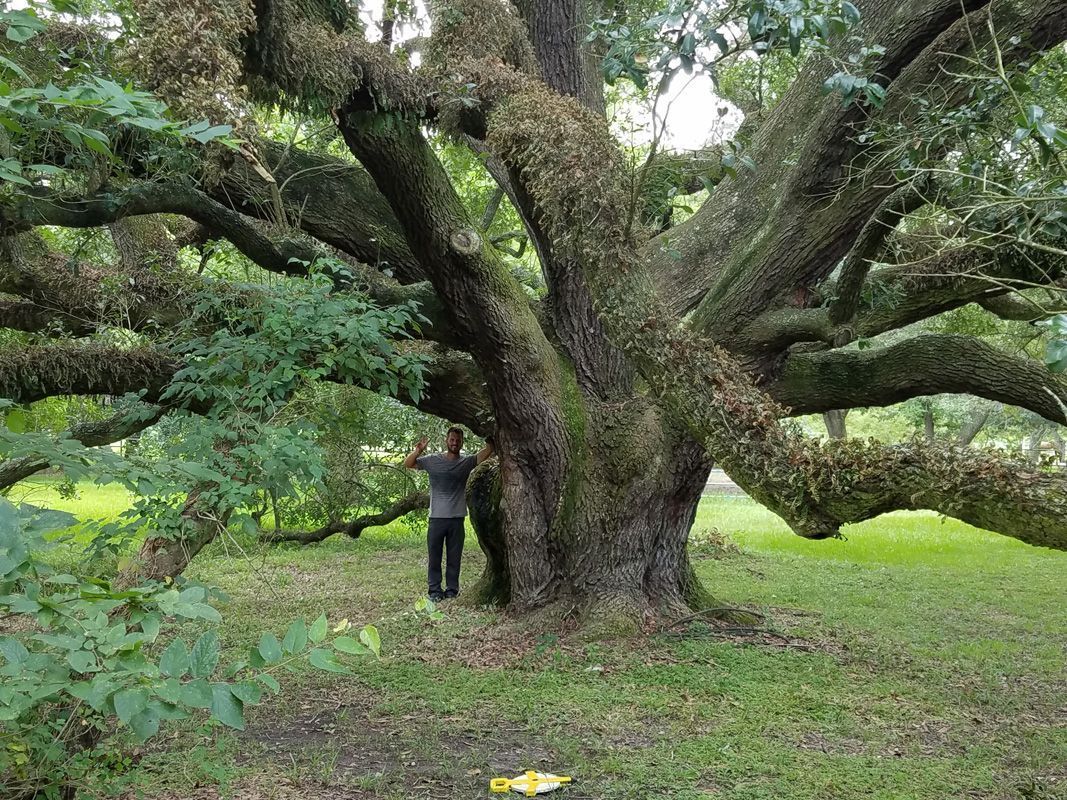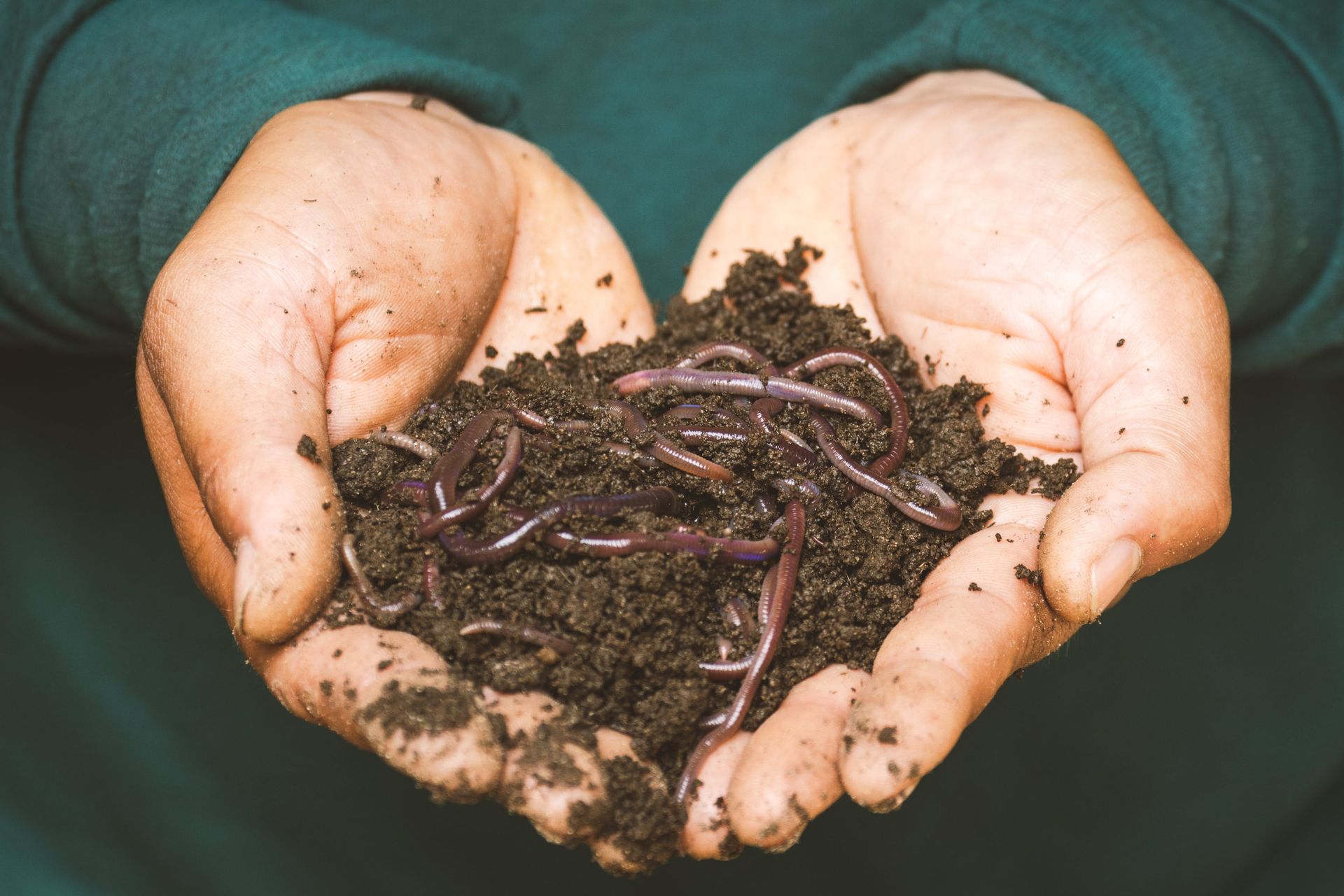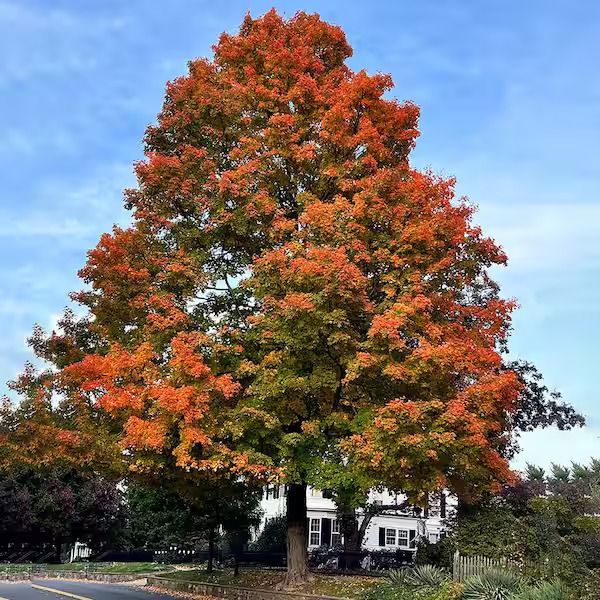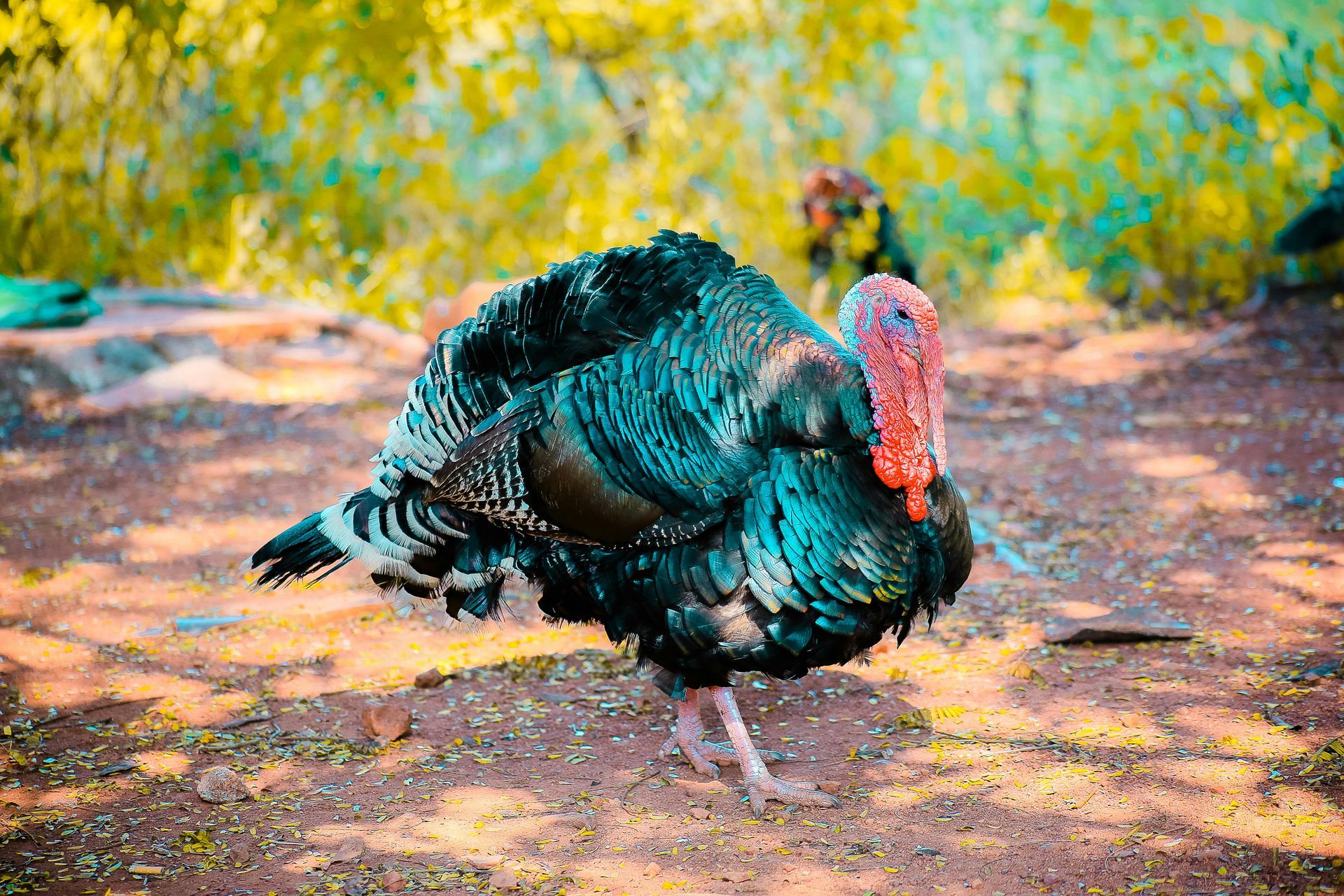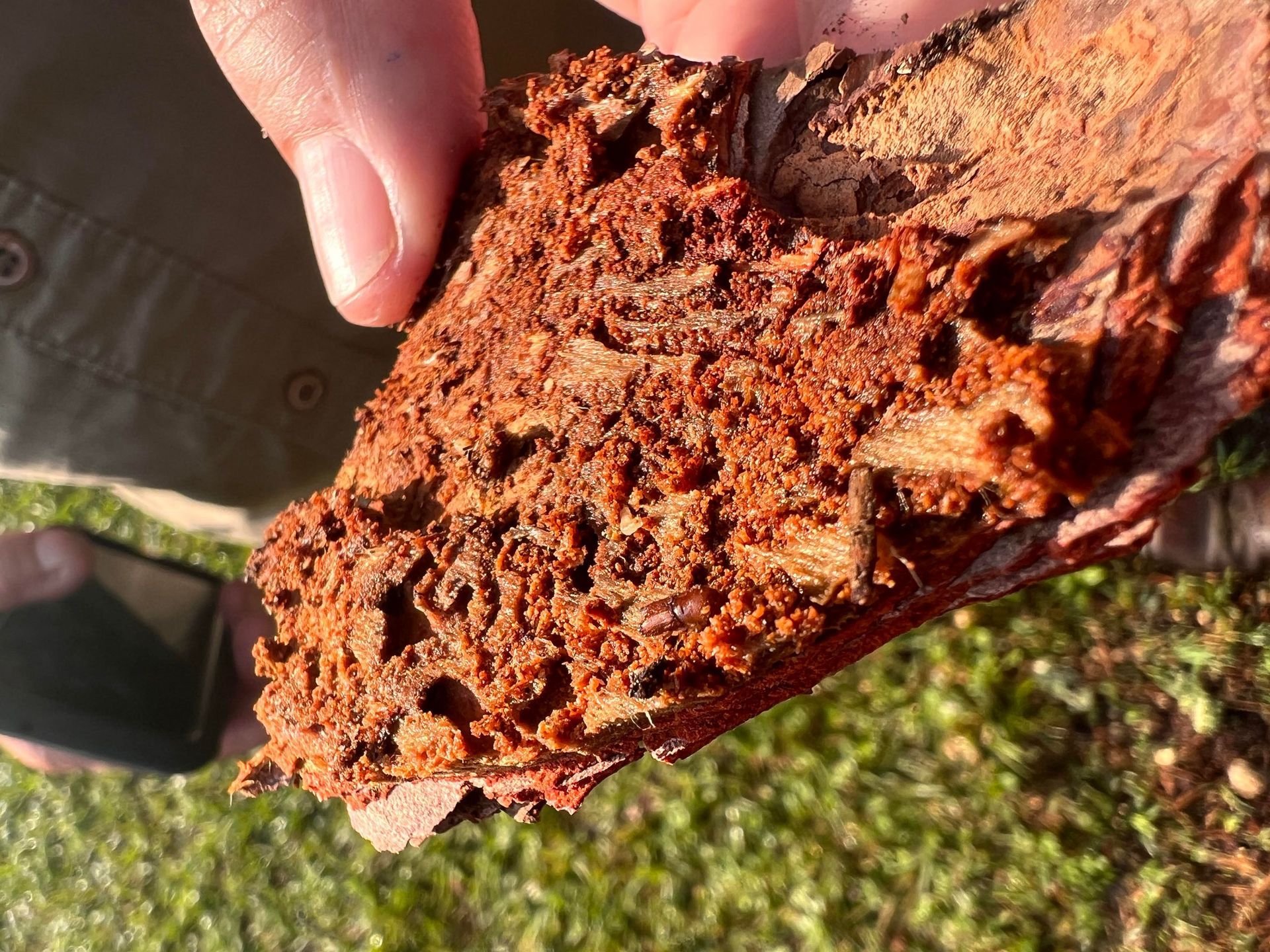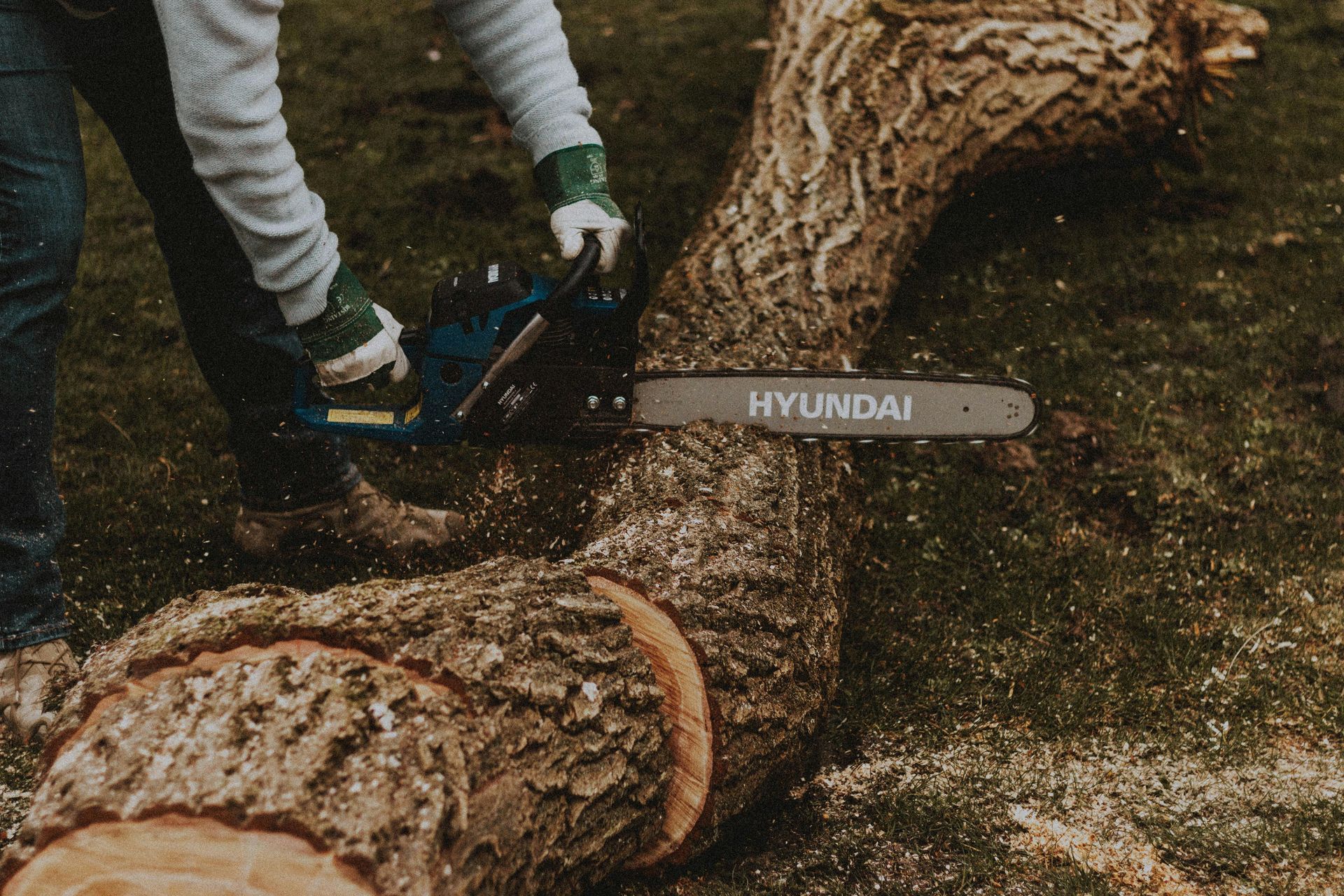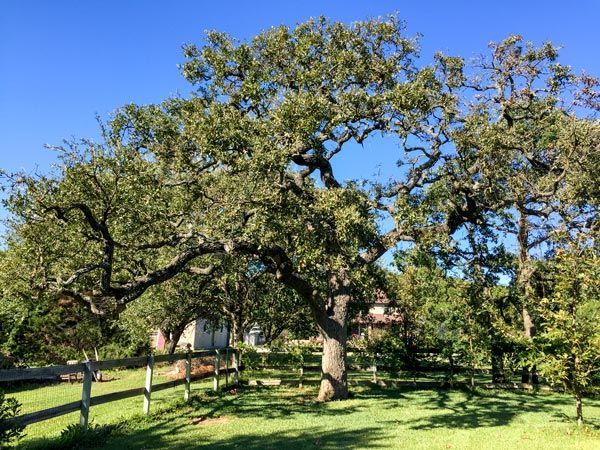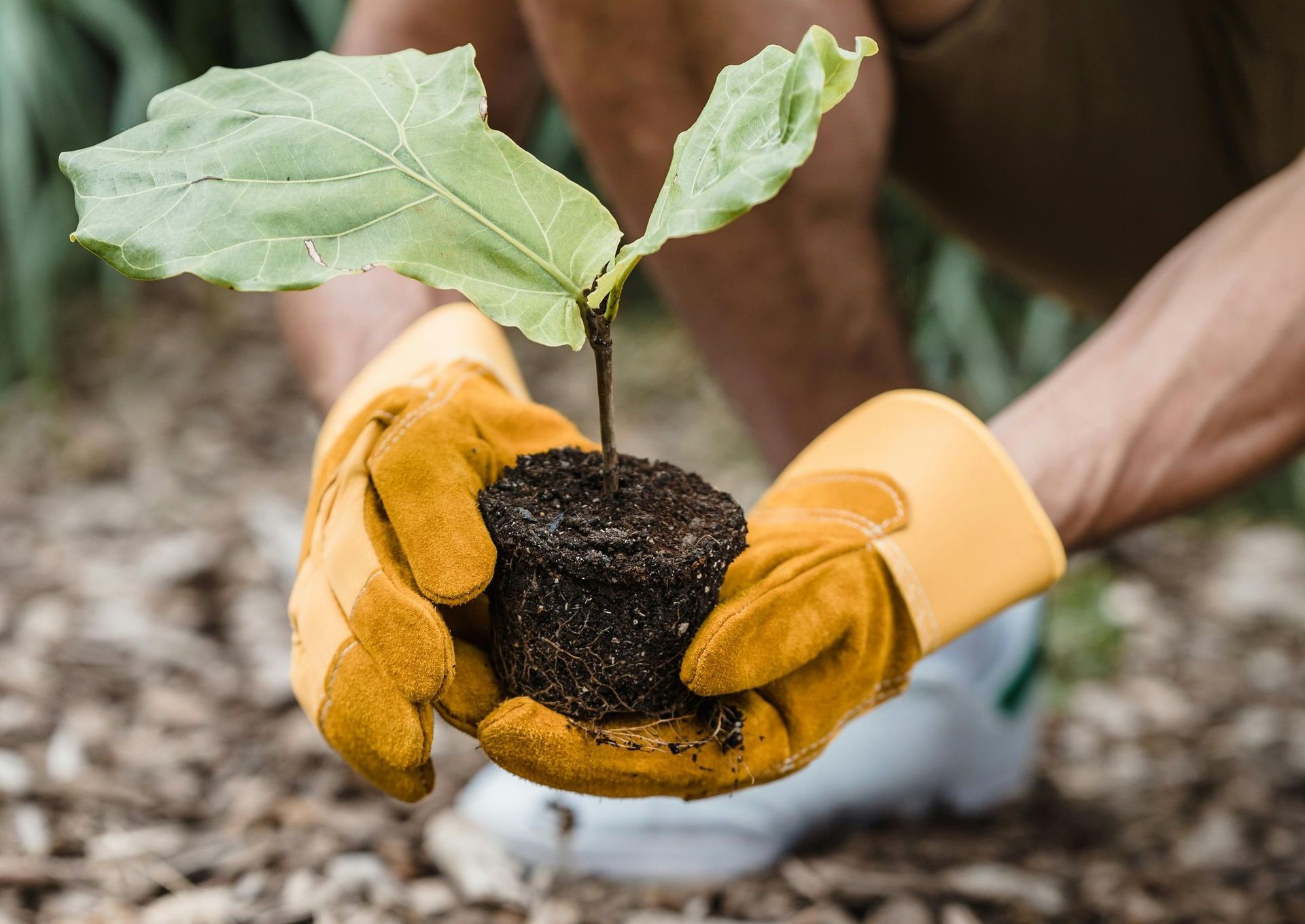Liriope’s Muse: Tree Care Tips from a Master Arborist
TRUSTED TREE CARE SERVICES SINCE 1970
Liriope's Muse: The reason for the Season-al Plants
There are many traditions associated with winter holidays, many of which include plants! Christmas Cactus, , Holly Trees, Mistletoe, Poinsettias, and Rosemary have played important roles in ancient legends and rituals which have since evolved into the traditions that we know and love today. Christmas is a time of year full of joy, holiday spirit, gift-giving, dashing decorations, and of course the various seasonally symbolic plants, trees, and flowers!
Below are 4 festive plants to spruce up your home this holiday season and some tips about their care. Because, if you want these lovely holiday plants to last until next Christmas season and beyond, it is important to know their specific care requirements.
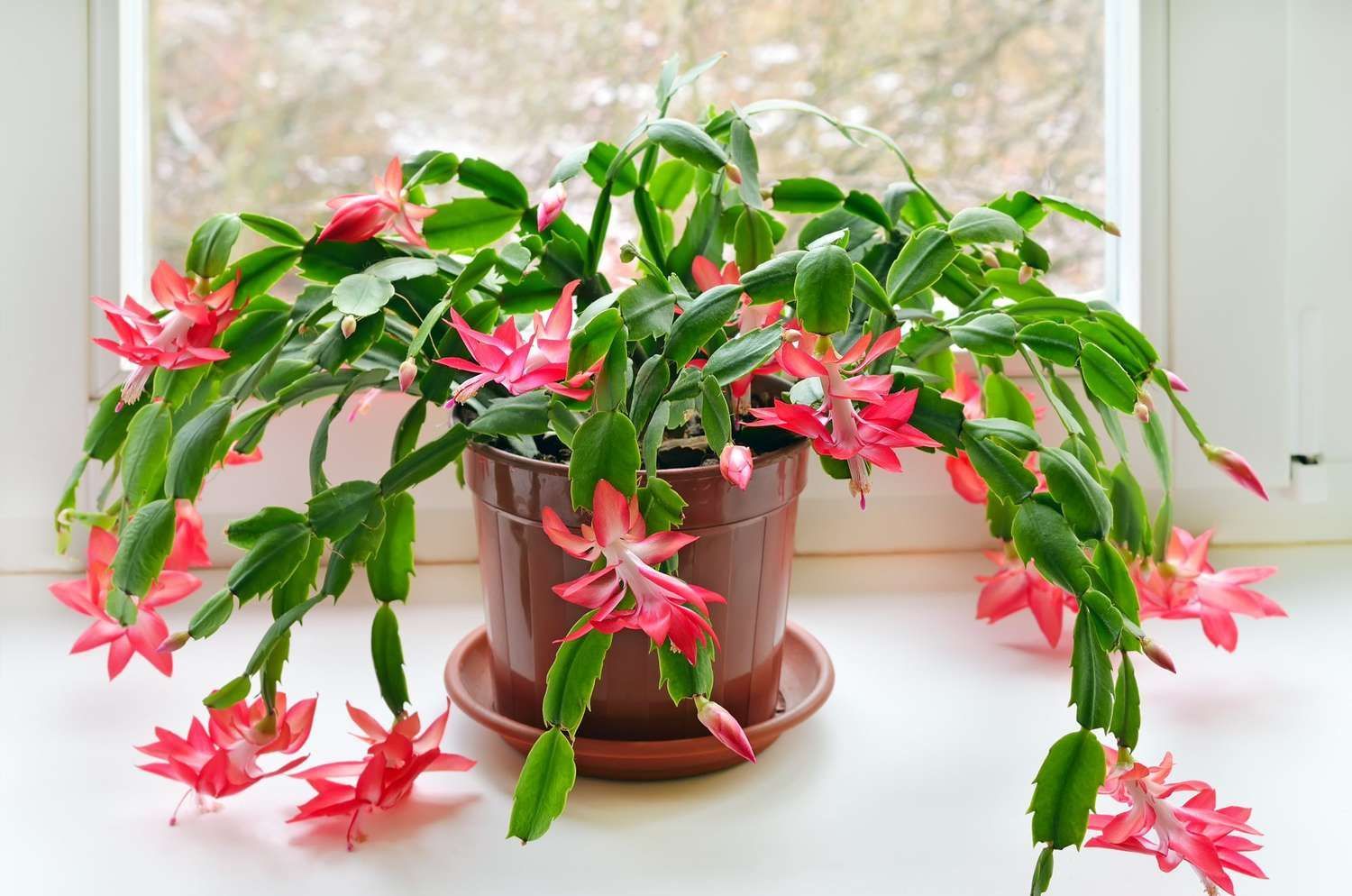
1 – The Christmas Cactus (Schlumbergera X Buckleyi)
Origin:
The Christmas Cactus is native to the mountainous forests of Brazil, where it grows as an epiphyte (or air plant). These cacti typically are found growing on trees or rocks in shaded areas with high humidity levels and only bloom once a year during Christmas time. These blooms come in an array of beautiful colors including pink, red, purple, orange, and cream.
Legend:
One night a Christian missionary who was living abroad prayed to God to show him the miracle of Christmas, and the next day he awoke to a field full of beautiful red and pink blooming cacti. He thought surly this was a message from God, so he shares this experience with the other missionaries. They then used the cacti to decorate the altar in celebration of the Christmas season. And the rest was history! Christmas cacti are still used today to decorate altars and symbolize the rebirth and renewal of each season.
To learn more about the legend of the Christmas cactus, SEE HERE
Plant care:
Like most, these cacti are very dependable, easy to care for, and long living. However uniquely, Christmas cacti prefer partial sun, high humidity levels, and cooler temperatures. These cacti need to be lightly misted once a day and watered only when you notice the top two inches of the soil have gone dry. Which makes them the perfect plant to perch up on a bookshelf or desk in your home. You don’t have to worry about the cold temperature of your room or if it’s too far from a window.
Read more about Christmas cacti HERE
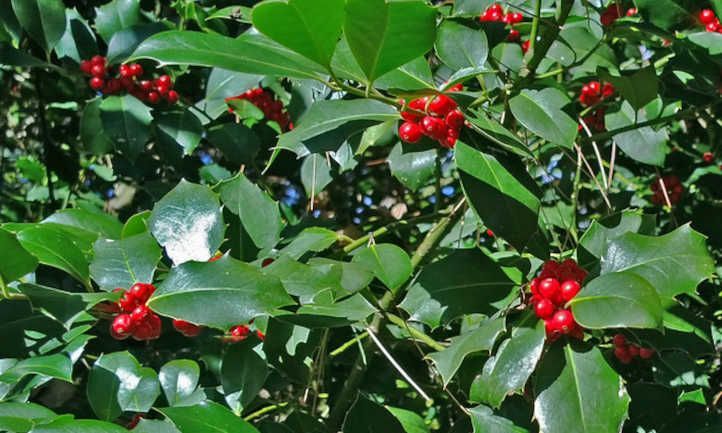
2 – Holly Trees (Ilex opaca)
Origin:
The American Holly tree is native to Northern America and can be found from Massechusetts to Florida and west into Texas and Missouri. These Hollys prefer sandy well-drained soils, so they thrive in coastal regions and dunes. However, it is a very robust tree and has adapted to grow in just about any soil or weather conditions across many states. Like most evergreens, the foliage found on this holly is deep green, stiff and leathery in texture with spiny teeth outlining the sides. American Hollys reproduce the “old-fashioned” way, in that each tree produces either male or female flowers and requires a pollinator. Newly established plants do not begin to flower until around 4 to 7 years of gestation, and it is not until the flowers are in bloom that you can tell the gender of the tree. Hollys, like in most holiday representations, have iconic red globular fruits that grow in bushels it the tips of branches. And though a holly is represented by just two leaves and a couple of red berries, the holly trees are actually very large in size with an average height of 15 – 30 feet but can grow as tall as 100 feet in the wild!
To learn more about the holly tree, SEE HERE
Legend:
To the Romans, Holly was a sacred plant. It was used to honor the god of agriculture, Saturn, during the saturnalia festival during the winter solstice. The romans were known to deck images of Saturn with them, make and share wreaths of holly, and even carried it in processions. Later in the early Christianity days of Rome (before Christianity was accepted) many Christians would actually deck their homes with holly to avoid detection and prosecution by the Roman government. Further down the line, when Christianity became the dominant religion of the empire, holly became a symbol of Christmas and Christianity. And after the crucifixion of Jesus, the holly wreaths took on a new meaning for the Christians. The spiney leaves are said to represent the spines on the crown that Jesus was made to wear. Today, the holly represents eternal life, like how Jesus resurrected.
To read more about the roman legends, READ HERE
Tree Care:
American Holly is known to be the hardiest of the broadleaf evergreens, so an established tree is not hard to keep alive as long as you make sure it has its basic needs. These trees thrive in partial-shade to full-sun and can tolerate any moist, loose, well-draining soil type. Holly trees are resilient to freezing and hot temperatures. So, as long as you don’t live in a drought heavy region with thick clay-like soil, a holly tree may be the perfect addition to your yard!
Learn more about tree needs, HERE
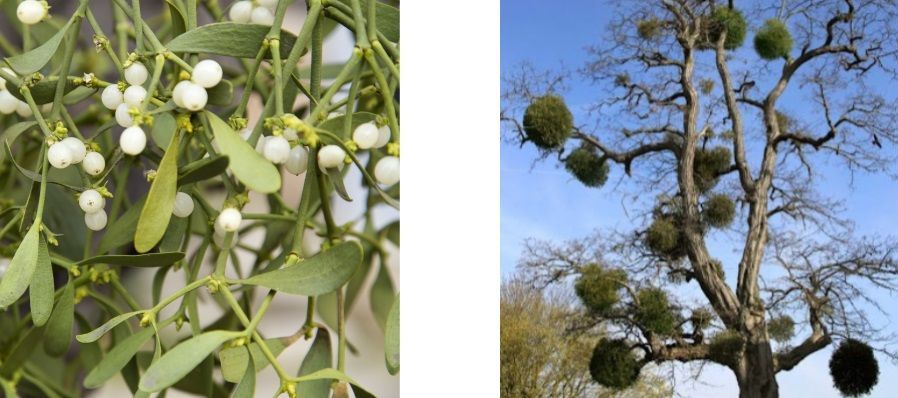
3 – Mistletoe (Phoradendron leucarpum)
Origin:
The Mistletoe is a semi-parasitic plant that is mainly found on deciduous and evergreen trees but is known to grow on hundreds of kinds of trees. Interestingly, they produce their own food but source their water and nutrients from their host tree. The Mistletoe extracts its nutrients through root-like haustoria that grows into the host’s water-producing tissue stealing both water and nutrients from the tree. That said, the Christmas Mistletoe that we know and love today is actually known as the American Mistletoe (Phoradendron leucarpum). The Greek word “Phoradendron” literally means “thief of the tree”. This Mistletoe can be found in dense forests in New Jersey and Southern Indiana to Florida and Texas.
Learn more about their parasitic nature, HERE
Legend:
The Mistletoe first came about in the first century A.D. as a sacred symbol of vivacity and fertility to the Druids after they saw this parasitic plant in full bloom in the harshest of winters. They took a liking to this plant and used it in the ritual of Oak and Mistletoe. (a ceremony which led the Romans to believe the Druids to be “Barbaric”.) The Norse believed the mistletoe plant was a sign of love and peace. There is a Norse mythological tale of a goddess named Fig who lost her son, God Baldor, to an arrow made of Mistletoe. Heartbroken after his death, Fig vowed that anyone who passed beneath the Mistletoe would be kissed as long as it was never used as a weapon again. And since then, the tradition holds. If you pass under the mistletoe you are allowed to kiss any man or woman who also happens to be passing under the mistletoe. If a kiss is refused, it is believed bad luck will befall onto the person who said “no”.
To learn more about the KISS-story of the mistletoe, HERE
Plant care:
The American Mistletoe you can buy in the store is 100% wildly harvested from trees. It is not grown for sale or for sale to grow on your own. Mistletoe is not a plant you can or would want to keep anyway, parasitic nature aside, it is toxic to both you and your furry friends. So, the chances are those cute berries you see on the real mistletoe in store are fake and have replaced the real ones and if you do happen to find yourself with real mistletoe this holiday season make sure you keep the sprigs out of reach from small children and animals. To avoid the spread of this parasitic plant in your neighborhood it is important that it is disposed of properly in your indoor trashcan. Do not dispose of Mistletoe in your compost or outside.
Read more about their dangers, HERE

4 – Poinsettia (Euphorbia Pulcherrima)
Origin:
The Poinsettia shrub is native to Central America from Mexico to Guatemala in warm, mid-elevation, tropical desserts. Most wild populations are on Pacific-facing slopes in steep canyons. However, they were once found on rolling hills and vast fields but most wild Poinsettia populations have nearly gone extinct due to their high demand, and it is believed that inaccessibility of the canyons may protect the few remaining wild populations from human disturbance. Poinsettias come in over 100 varieties of colors, but the Poinsettias that usually decorate the garden section of your local stores are the Prestige Red Poinsettias. These Poinsettias have deep green foliage that morphs into a bright red going up the shrub. And though these beautiful bracts look like petals, their actual flowers are situated in the center of them. The flowers are yellow, tiny in size, and come in little clusters. These lovely shrubs can grow up to 10 feet tall and 7 feet wide.
To learn more about the Poinsettia's beauty, SEE HERE
Legend:
Known as Flores de Noche Buena, or “flower of the holy night” in Spanish, there is a Mexican tale of girl named Pepita who wanted more than anything to present the Christ Child with a gift on the Eve of Christmas, but she was poor and had no money to spare. As she walked to church crying that Eve, Pepita saw an angel who told her to gather some weeds from the roadside and offer them to the Christ Child as a gift. So, the girl listened to the angel and began picking a bouquet of weeds from the roadside to take to the church. When she got to the church, Pepita walked strait to the altar and placed the bouquet of weeds on the ground and suddenly, the humble weeds she had just picked burst into brilliant red blooms. These Brilliant red blooms are believed in Christianity to represent the blood that Christ shed for the world, and its shape is said to resemble the star of Bethleham.
Read more about the legends of the poinsettia, HERE
Plant care:
Poinsettias can be pretty tricky to keep alive through the seasons as they are sensitive to temperature changes and susceptible to root rot, but with the right care knowledge in mind you should have no problem keeping these holiday beauties alive for many seasons to come! Potted Poinsettias tend to be more sensitive than those established in a garden. They prefer temperatures of 60-70 degrees and indirect sunlight. It is important that they are situated in a well-draining pot and watered only once the first inch of the soil has gone dry as they are highly susceptible to root rot. Beginning with a healthy Poinsettia is key to ensure its longevity, as many come damaged due to their international travels. (look for plants standing upright with strong bracts and fully colored leaves) These plants will make a perfect addition to your indoor or outdoor collection! (It is important to note that these plants are mildly toxic and can cause rashes if your skin happens to come in contact with the sap. It is also unsafe for consumption as it can cause nausea so keep an eye on children and furry friends around them.)
To read more about year-round Poinsettia care, SEE HERE
To learn about how to transplant Poinsettias into your garden and their outdoor care, SEE HERE
Whether you want to transform your home into a festive oasis with their warmth-filling aromas this holiday season or looking for the perfect gift to give, consider this round-up of beautiful seasonal plants, trees, and flowers as our present to you!
**it is important to note that these seasonal beauties are not easy to care for and can be toxic for your furry friends. So, if your green thumb is a little brown and you're worried your furry buddy may nibble on them, you may be better off with faux greenery this season, and that’s okay!!**
Liriope’s Muse - Expert Tree Care Tips
